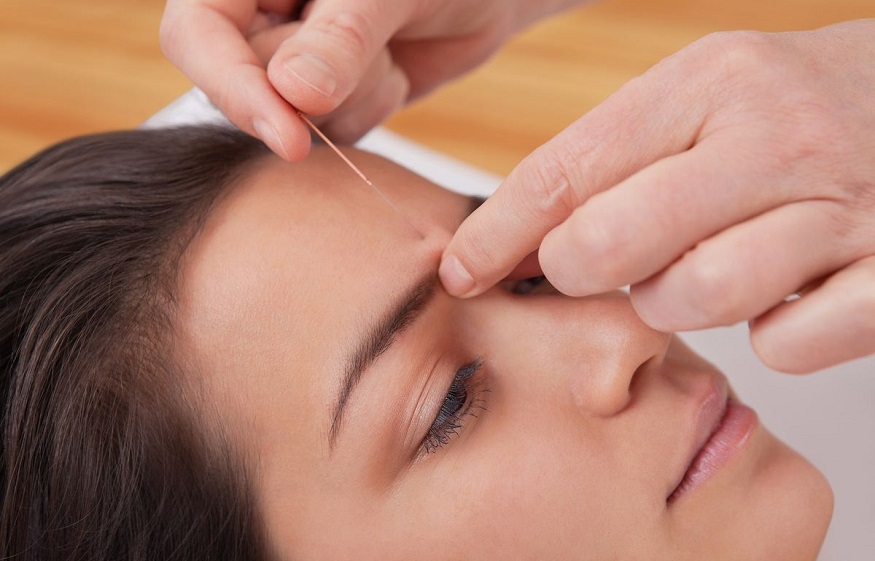Looking At The Core Concepts Of TCM
Chinese natural herbs, tea, acupuncture, qigong, tai chi and cupping, these are all various areas of Traditional Chinese Medicine (TCM). While TCM has been practiced for thousands of years, it has lately been obtaining traction as a validated type of therapy. Why the rise in interest and is TCM genuinely reliable? We examine these issues and introduce you to this kind of alternate therapy.
Fundamental TCM Beliefs
Traditional Chinese Medicine is commonly regarded as a kind of unorthodox medicine to conventional western medical treatment. It is fundamentally different from western medicine in terms of the belief systems.
In Singapore, under TCM, there are several different practices that are used in conjunction with one another to treat patients. This includes, herb prescriptions, tuina Singapore massage, acupuncture and several other smaller practices.
The Yellow Emperor’s Inner Canon
Additionally known as the Yellow Emperor’s Classic of Internal Medicine, the Yellow Emperor’s Inner Canon is regarded to be the most significant treatise. It is a multi-volume that provides the central principals of the TCM. This includes concepts of Yin & Yang, the 5 elements of nature and Qi.
Read more: monitor employee computer
While a few of literature’s suggestions, specifically those associating with anatomy and physiology, appear to be primitive to contemporary audiences, it still holds widespread impact till today. As a matter of fact, its concepts are still relevant for any person who has an interest in learning more about the practice of TCM.
Read more:Most common nursing intervention for pressure ulcers
Notably, its texts explores the concept that an ailment can be triggered by a person’s food intake, environment, way of living and emotion among many factors. This is emblematic of the holistic method that TCM looks at illnesses with, believing that imbalances in our lives lead to health issues.
Achieving Equilibrium in TCM
To achieve equilibrium in the body, TCM relies on 2 central concepts.
Principle of Qi
First of all, the principle of Qi, which is likewise known as your body’s vital force. TCM believes that Qi circulates across your body using paths which are called meridians. According to this concept, when the circulation of qi is obstructed, excessive or weak, illness will arise. Because of this, TCM treatments usually focus on maintaining the meridians open and stimulating the right amount of Qi circulation within the body.
Yin and Yang
Secondly, the notion of 2 sorts of Qi, namely yin and yang. Yin Qi can be called dark, cold and adverse while Yang Qi is light, warmish and positive. TCM expresses that the equilibrium between these 2 types of Qi is vital. Comparable to the expression: “too much of a good thing is bad”, having excessive of 1 kind of Qi will trigger your body to develop into imbalance.
